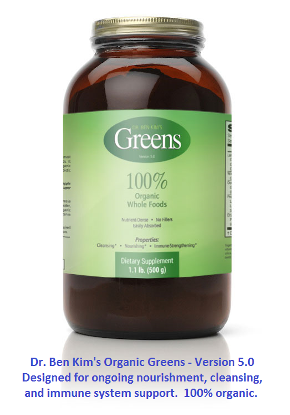You are here
Risks of Tampon Use
As widely covered in the media, 13-year old Jemma-Louise Roberts passed away last winter from Toxic Shock Syndrome (TSS), which is thought to have come about from using tampons to help her prepare for swim meets.
TSS is a rare bacterial infection - typically by Staphylococcus aureus but sometimes group A streptococcus bacteria - that can quickly travel through the body via one's bloodstream. Toxins associated with this infection can damage and disrupt all organ systems, making TSS a life-threatening medical emergency. Toxic Shock Syndrome can affect men, women, and children of all ages. Beyond recent tampon use, major risk factors include skin wounds and recent surgery.
Miss Robert's parents and brother are now doing all they can to increase public awareness of TSS, which can often go misdiagnosed because presenting symptoms are similar to that of the flu or a stomach virus.
Common symptoms of Toxic Shock Syndrome include:
-
High fever
-
Vomiting or diarrhea
-
Unexplained headache and muscle aches
-
Redness of eyes, mouth, and throat
-
Sunburn-like rash, typically on palms of hands or soles of feet
-
Confusion, feeling of being dazed
-
Seizure
If you experience any of these symptoms and have a skin infection or have recently used contraceptive sponges, diaphragms, or ultra-absorbent tampons, it's prudent to seek immediate medical attention.
Manufacturers of tampons sold in Canada and the United States no longer use materials and designs that were associated with TSS in the 80s. Still, to be prudent, if you use tampons, it's best to choose the lowest absorbency tampon you can find - absorbency ratings are required on tampon labels. It's also a good practice to change tampons every 3 to 6 hours, and whenever possible, to alternate between using tampons and menstrual pads. And whenever flow is light, pads are always safer to use than tampons.
It's important to note that Toxic Shock Syndrome can recur, so if you've experienced symptoms of TSS, it's best not to use tampons and contraceptive devices like diaphragms and sponges. Please consider sharing this information with loved ones, as prevention is best, and early recognition of Toxic Shock Syndrome is essential to saving those who are affected.
Join more than 80,000 readers worldwide who receive Dr. Ben Kim's free newsletter
Receive simple suggestions to measurably improve your health and mobility, plus alerts on specials and giveaways at our catalogue
Please Rate This
Highest RatedNo articles have been rated for usefulness recently, please check later. | Related Posts | ||











Comments
Organic Tampons...
Thank you for the article! I wonder if organic cotton tampons... would make a difference in preventing TSS? When my friends and I switched to only organic tampsons and pads, we had less cramping, pain...?
Other options
Not too many people have seen these and I believe they were first used in France, but an alternative to tampons is a product called Instead Menstrual Cup or Softcup. These are great and can be worn for 12 hours. http://softcup.com/
Yes, I've used that here in
Yes, I've used that here in the US! It takes a bit of time to get used to it and adjust to your body's unique design but it works pretty well. I've switched to the DIVA cup which has a different design. Works really well and has seems to have shortened my menstrual period.